To begin engagement with the Batu Puteh community, a meeting was held with community-based organization KOPEL, as well as a fisherman from the village on May 24, 2013. We discussed the project and a parallel KOPEL initiative with a water quality monitoring and fishers catch logging iniative, the NAHIA Borneo Project (Nature and Human in Your Action). A discussion about the fishery and changes in catch species, size and fishing grounds also conducted. The outputs of the meeting with KOPEL are as follows:
- KOPEL is supportive of the project and are happy to collaborate;
- KOPEL will assist in the organization of a village gathering (involving the villages of Batu Puteh, Menggaris and Perpaduan) on June 16th, 2013 to present the project to the community and its leaders;
- The project will conduct a training for a team of KOPEL members to carry out the interview surveys in Batu Puteh in the month of June;
The project will work collaboratively with KOPEL in the design and implementation of activities for the efforts of both organizations to be complementary (e.g. assess and standardize data collection of water quality and fisher’s catch so that this information can be compared across villages/sampling areas).
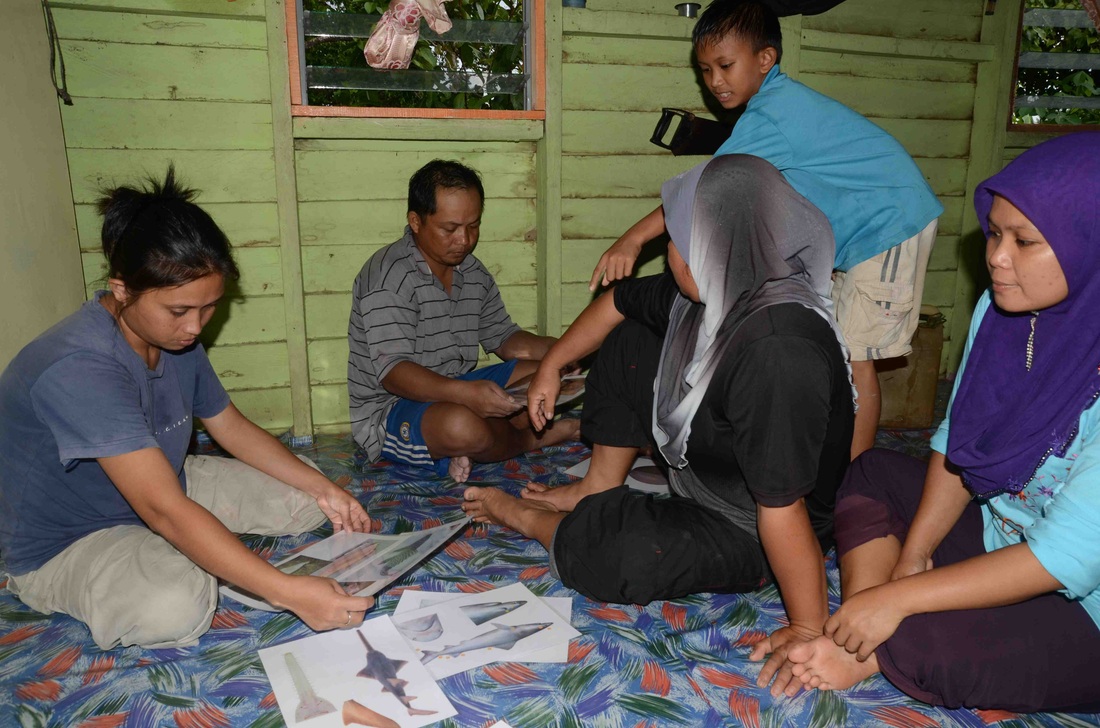
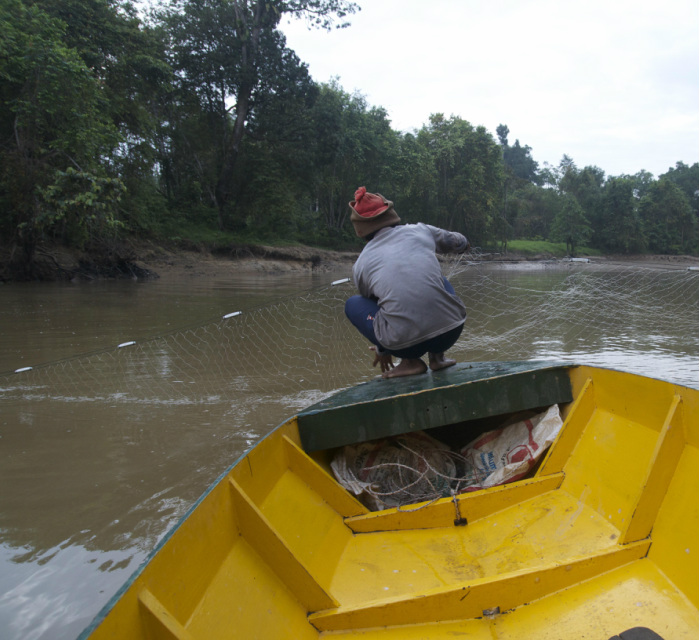
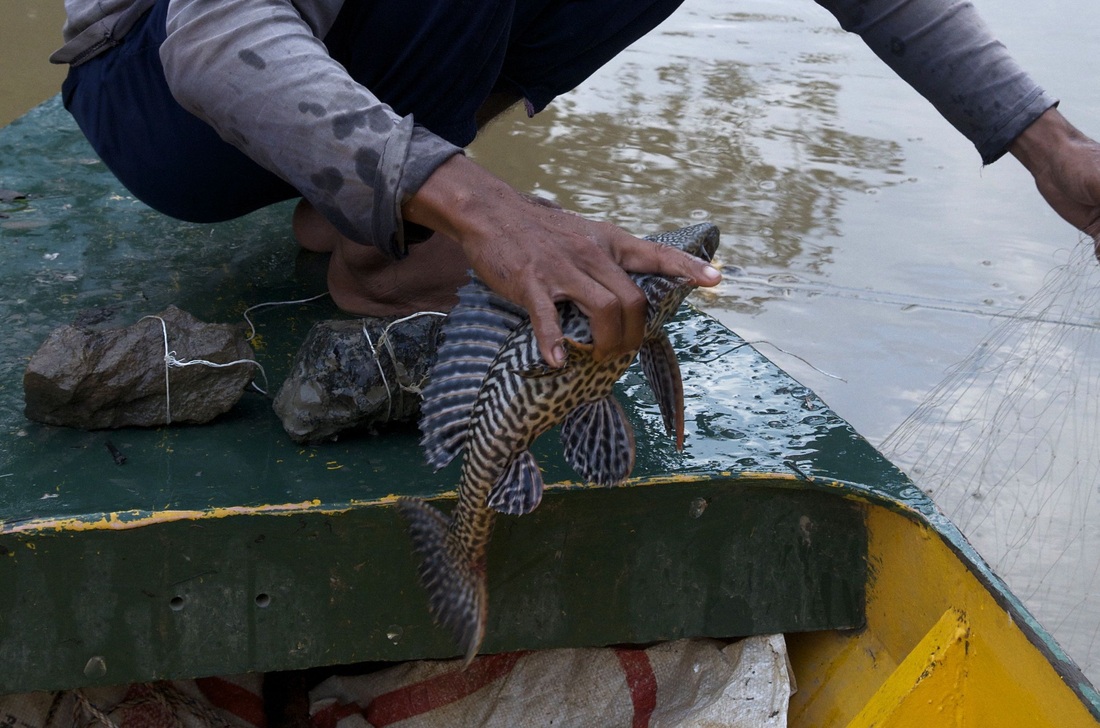
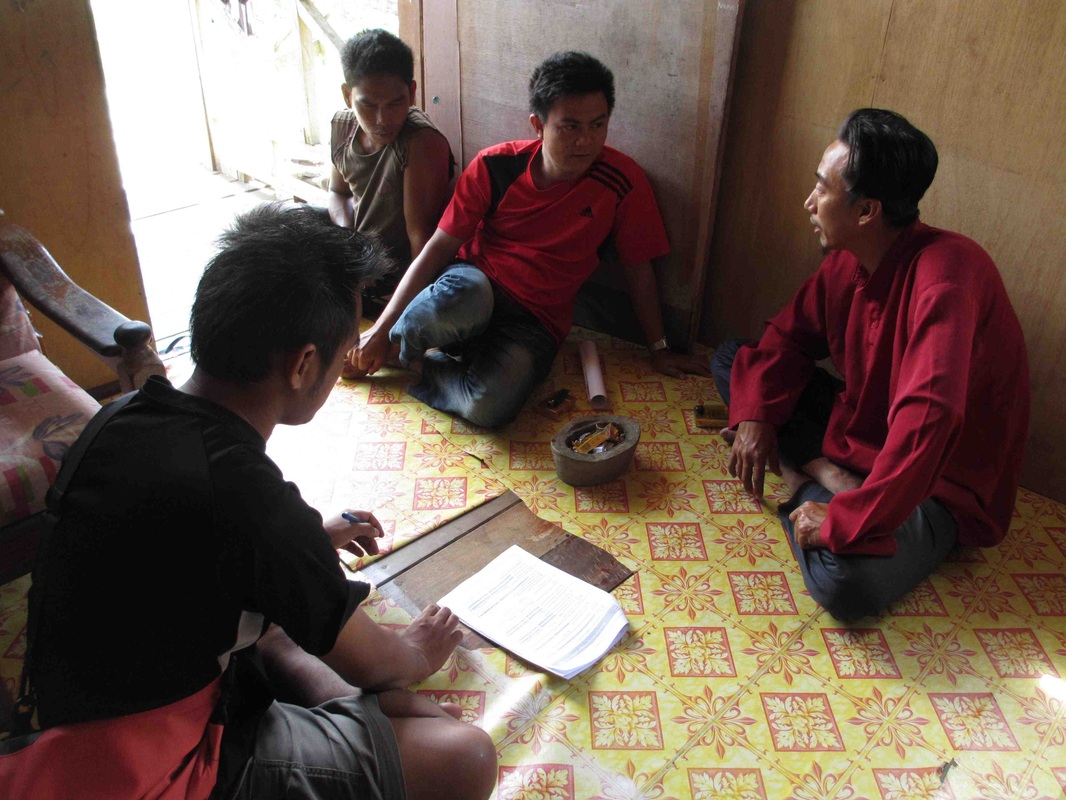
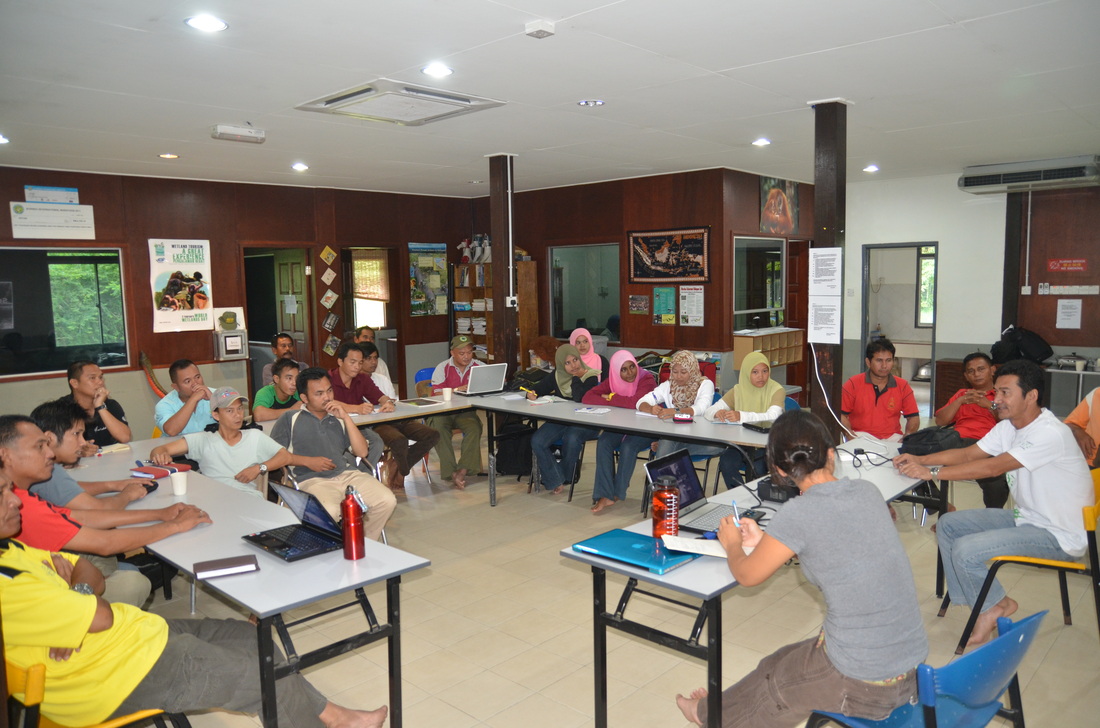
 RSS Feed
RSS Feed